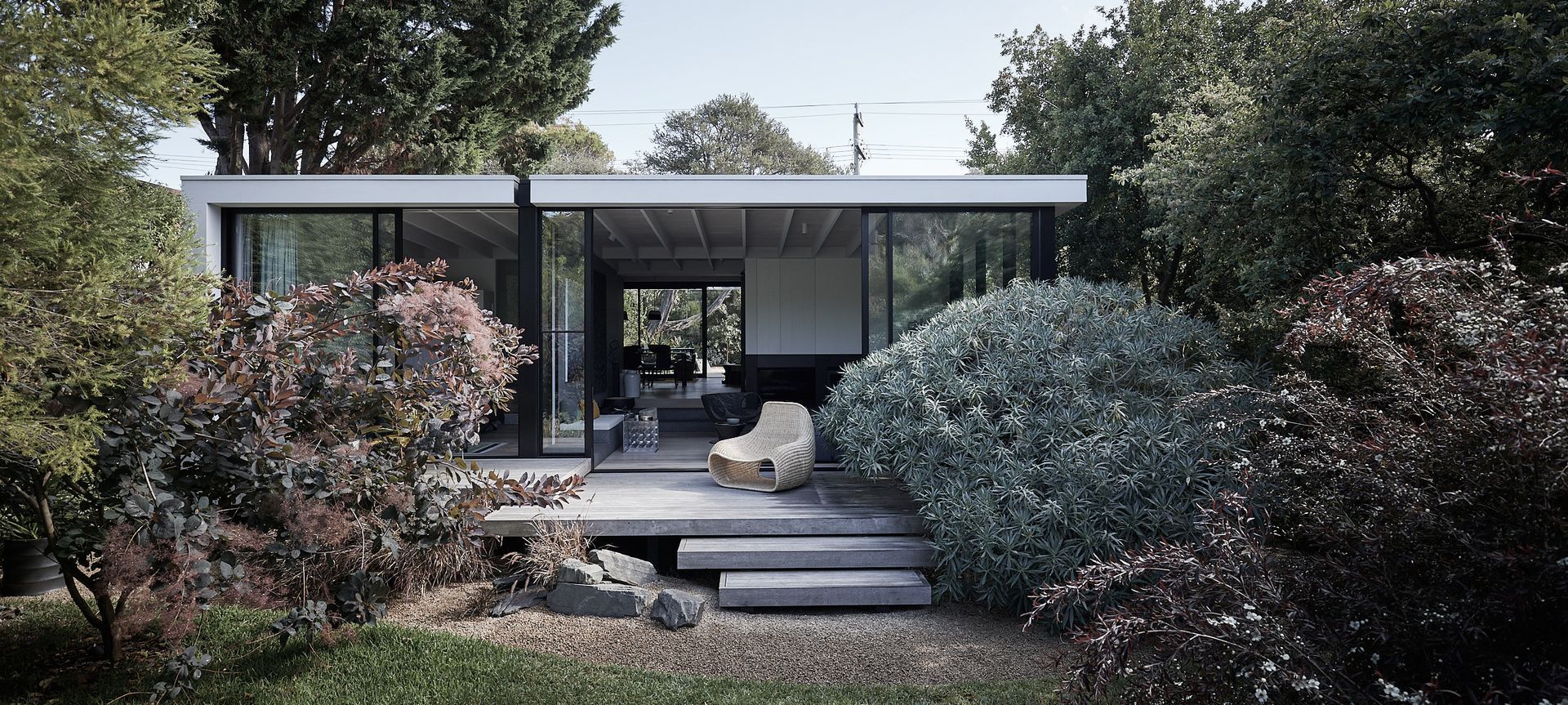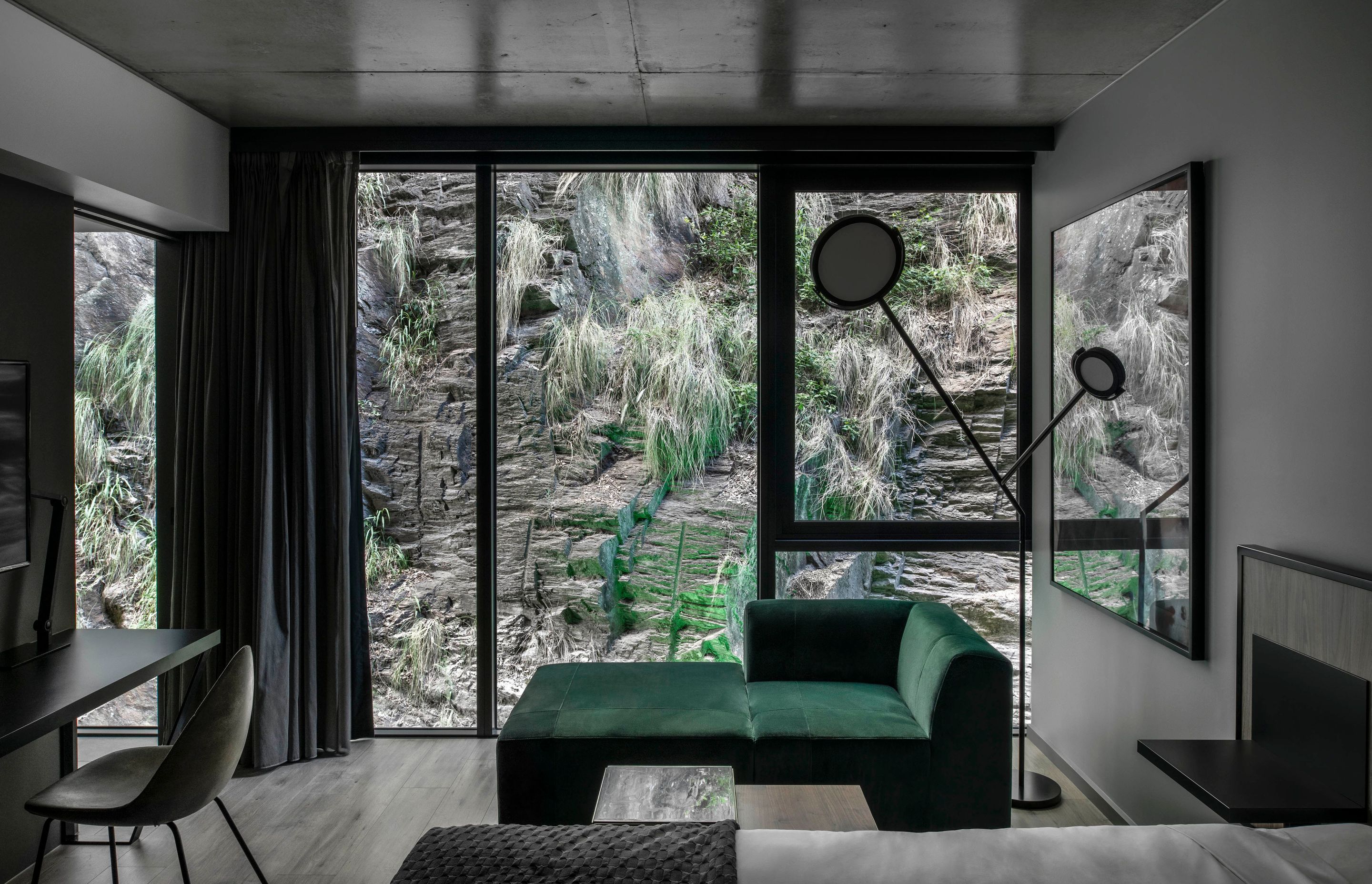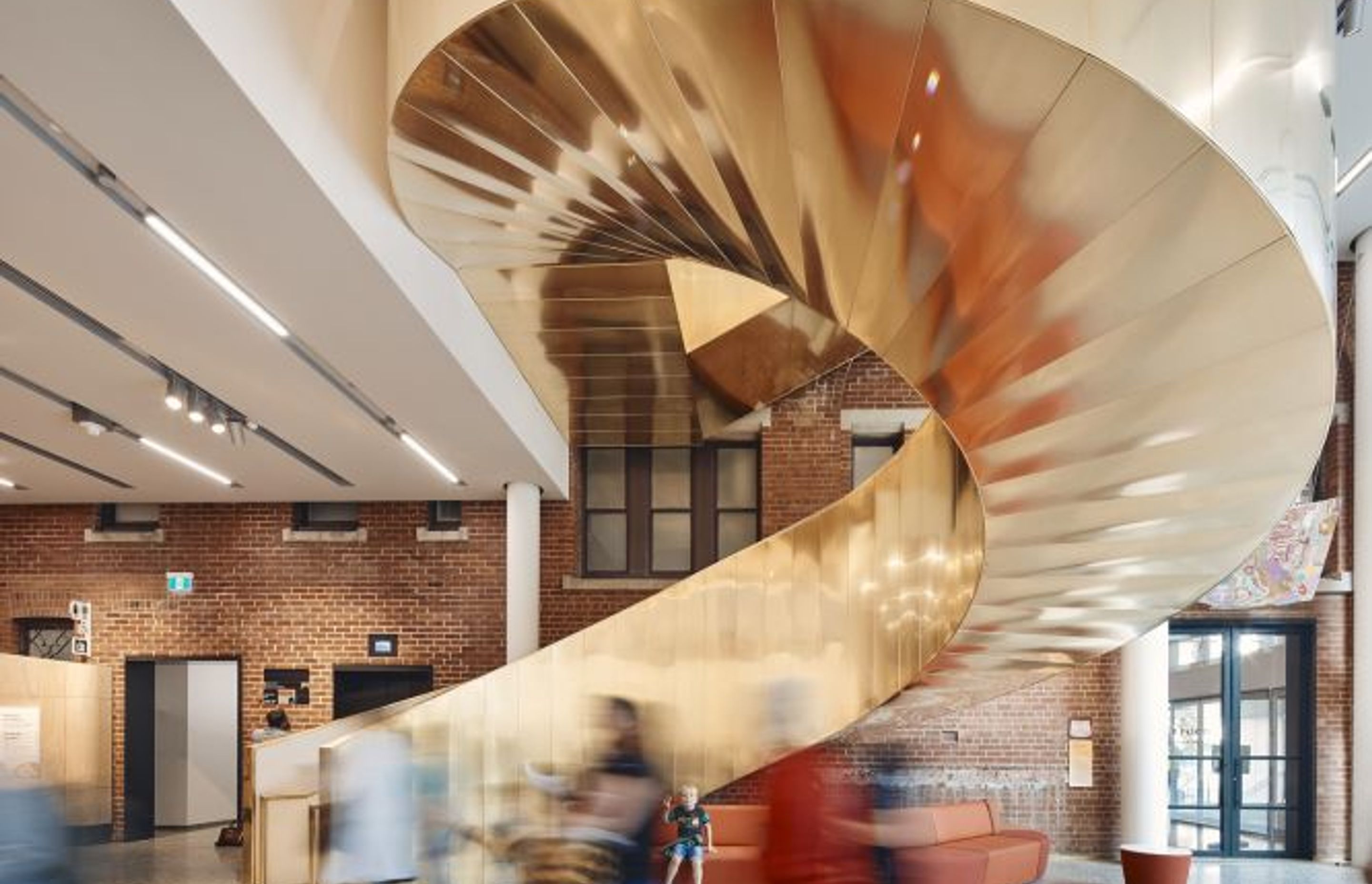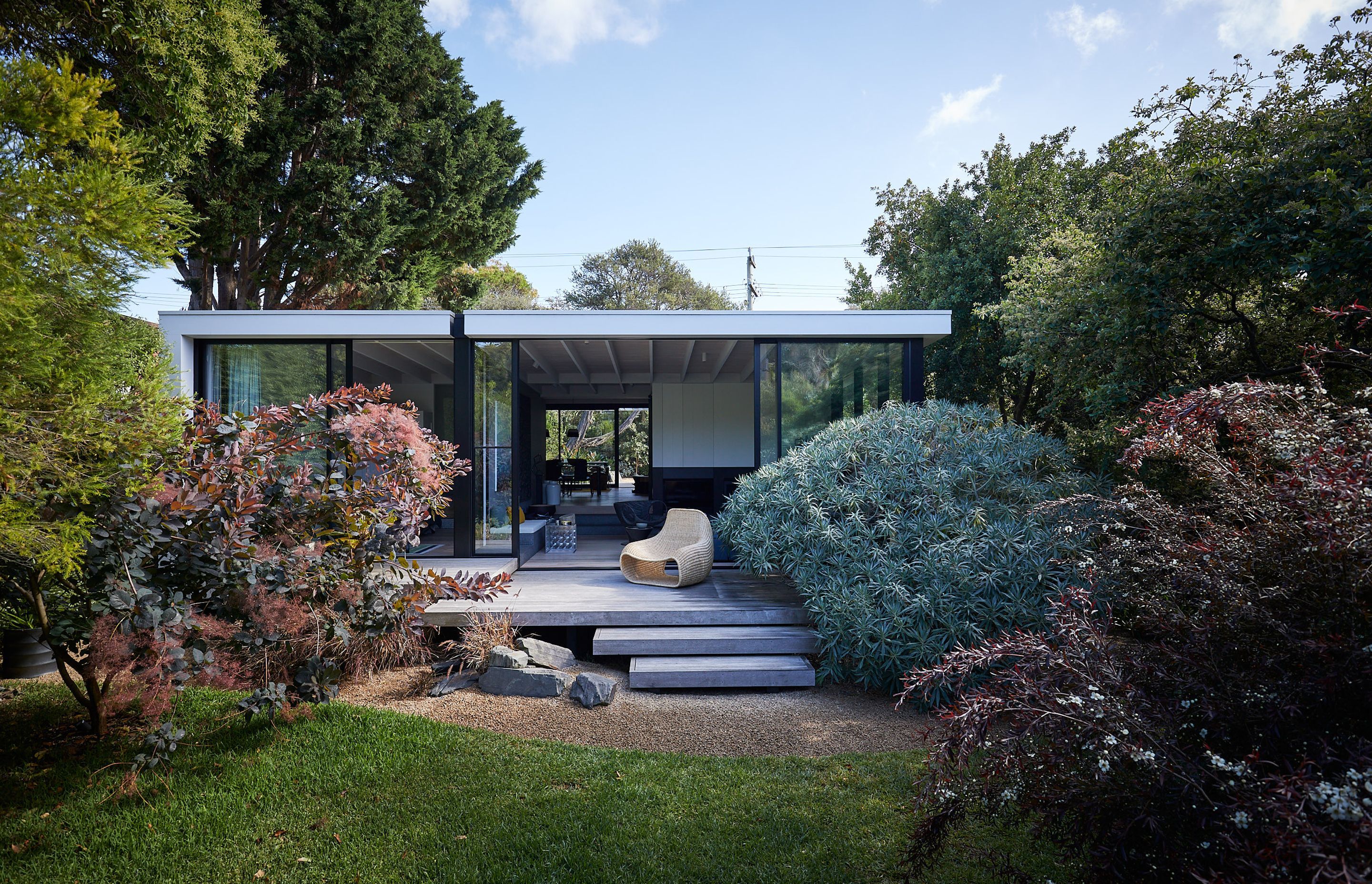New study shines a light on issues affecting the Australian architecture industry
Written by
19 March 2023
•
5 min read

Beginning in 2021, the Wellbeing of Architects: Culture, Identity and Practice is a comprehensive three-year study funded by the Australian Research Council Linkage Projects scheme, and it aims to be the first to use interdisciplinary, qualitative and quantitative methods to identify how workplace cultures and professional identity affect wellbeing in architecture. By doing this, researchers hope to create a framework for how practical changes can be made to improve the future of the industry.
So far, the online survey has questioned 2066 architects of all genders across Australia, from different types and sizes of architectural practices, and at varying levels of seniority and leadership. While the study is ongoing, evidence collected so far suggests that mental well-being is a pressure point for practitioners within the industry, as are fees, remuneration, leadership and the appreciation for architectural work in general.

Meet the researcher
The study is an interdisciplinary collaboration between researchers at Monash University’s Department of Architecture and Department of Management. Jonathan Robberts, PhD Candidate, teaching associate and research assistant at Monash University, is working on the study. Jonathan says being a part of it has provided him with the opportunity to explore change across the profession, and learn about ways of practising architecture and becoming an architect differently.
“I got involved with the project in 2021 as a doctoral student, and my research contributes to the wider project by exploring how tensions and challenges around identity in professional work are navigated and potentially changed,” says Jonathan. “Research has shown challenges that deeply impact how you understand yourself can impact wellbeing, so offering novel strategies to help resolve these concerns could be valuable.”

Industry partners
Multi-disciplinary design practice SJB and architecture, design and urban planning practice Hassell have both partnered with Monash University for the Wellbeing of Architects study, a decision both firms believe will improve the wellbeing of their staff, and the industry as a whole.
Monica Edwards, senior associate at SJB, says her practice believes equity is the constant process of questioning the current status quo in order to focus on building resilience around change. “I’d also say that change really makes a difference when we recognise that group reflection starts with considering people as individuals, which then hopefully generates a wider change in the profession,” says Monica. “We’ve started to recognise that to get the best out of people, we need to make changes around the edges to accommodate individuality.”
Karen Atfield, head of people and culture at international design practice, Hassell, says the wellbeing of Hassell staff is incredibly important to the business. “Supporting this research is an opportunity to better understand the key issues affecting wellbeing in our industry so we can continually improve how we address them, both at an organisational and industry-wide level,” she says.
Read now: What is net zero architecture?

Existing issues
Responses from the survey indicate that wellbeing is a significant issue across the industry and that people working in architecture experience a lower-than-average quality of life compared to Australian norms, explains Karen. “The key themes that emerged from the survey demonstrate the systemic issues that affect wellbeing, and that these issues are interconnected,” says Karen. “Key issues link to how architectural work is valued, or perceived to be valued, and the impact of long working hours on people working in architecture and design.”
Monica shares a similar experience within the industry and reveals that the quest to achieve ‘perfection’ within one’s work can be detrimental to personal and professional quality of life. “I’ve found that long working hour culture can be a real pressure point. I think it impacts the capacity to have balance – both in your work and your life. Even if you love and live for architecture, being constantly ‘on’ can be a challenge,” says Monica. “I also think there tends to be a requirement, or pressure, to be perfect in your work. Perfectionism often leads to the inability to decide or be rational in that decision, so this can have impacts on both your personal and professional life.”
While one might assume that the pandemic exacerbated these industry-wide issues, Monica explains that working through the pandemic actually produced positive cultural outcomes. “For me, the pandemic reinforced trust and allowed great design to flourish. It proved that there may not be a need to always be present in architectural practice,” says Monica. “The conditions of the pandemic invited everyone to play with flexibility and what works for them individually – though this required trust to be built.”
Read now: How architects are protecting the future of our planet

Driving change
Karen believes that some of the most important drivers of positive change at an industry level will be articulating the value of architecture and design work to clients and partners in order to influence better project scoping and fee structures. “Within practices, it’s essential to develop leaders and empower people to manage time and expectations effectively, create policies and practical support for people to work more flexibly, and better balance work and life.”
Monica believes that achieving positive outcomes for everyone in the industry will be different for different practices, and requires an approach that is responsive to individual needs. “It takes a strong culture to be comfortable with not knowing, so we have to start with making space for different experiences and aspects of a person,” says Monica.
Learn more about architects and the architecture industry on ArchiPro.